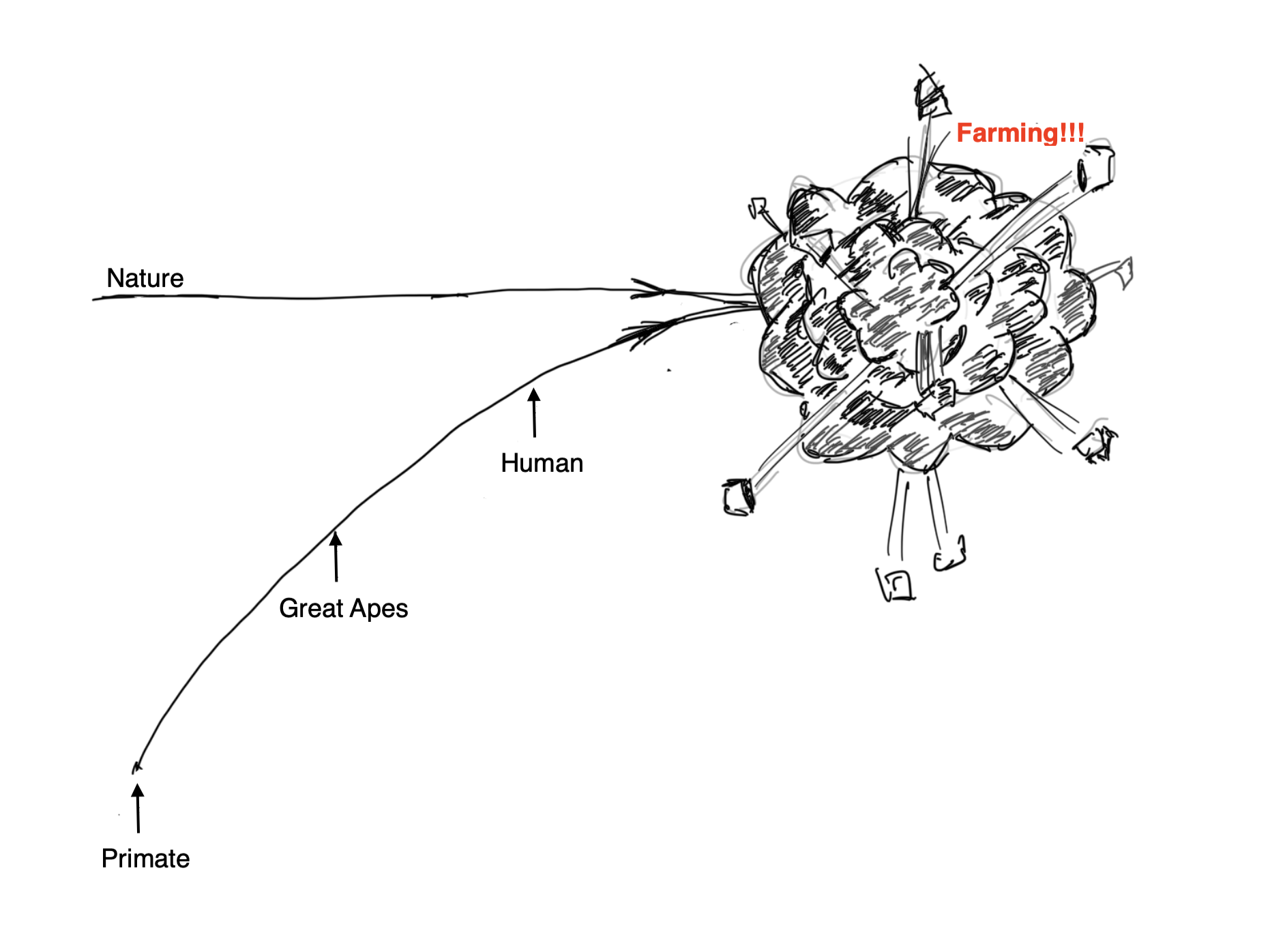The Science of the Paleolithic Diet
Paleontology for eaters
It’s obligatory for any treatise delving into ancient human behavior to start from an exotic location. One book commences its exploration in northern Tanzania. Another found its inception in Kenya. A third opened with a scene in Uppsala university, Sweden. From my perspective inside the bubble of San Francisco Bay Area, I will start in a place that seems just as exotic: Rochester, Minnesota, where the Mayo Clinic is headquartered.
When I googled “What is the point of Paleo Diet”? The first answer came from Mayo Clinic’s website. It explains that the purpose of a paleo diet is to eat foods likely consumed by early humans. The diet is based on the idea that our genes are not well-adjusted for modern diets that grew out of farming.
Let’s unpack the idea. It has three underlying assumptions:
- Human beings were evolving toward perfect harmony with nature, which was undisturbed until we screwed it up with Agriculture.
- Before that point of anthropogenic disruption, our ancestors had the optimal diet.
- After that, the world has changed so much and so fast, our bodies have no chance of keeping up. Humans have become relics of a lost nature, unable to fit in.
Graphically, I think it looks like this:

My main goal here isn't to pin down what exactly belongs in the Paleo diet or to adjudiate its merits. Instead, I am interested in the answer to this meta question: Is the concept of a Paleolithic diet intellectually valid? Drawing upon insights from science and math, I will examine the trio of assumptions on a journey across space and time. First, let’s define when the Paleolithic Age was.